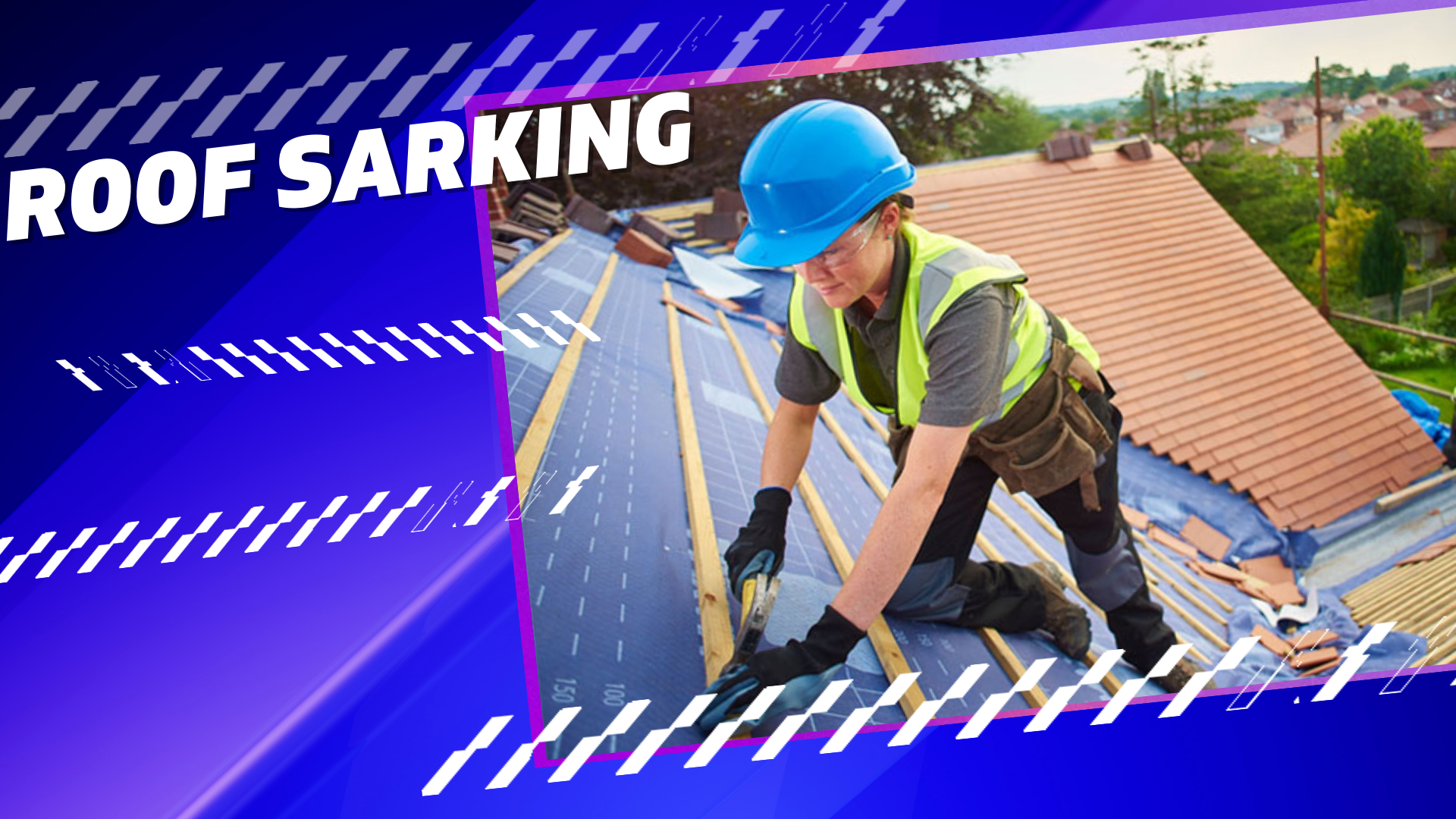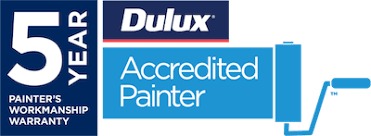What is Roof Sarking and Benefits of Roof Sarking for Sydney Homes?
You’ve come to the right Roofing Service if you’re trying to figure out what roof sarking is. Discover what sarking is, why you need it in your home, and how to install it in your roof space by following our instructions.
Roof Sarking:
Roof sarking shields the building structure from the elements when a new home is being built, renovated, or renovated. Following the completion of your projects, roof sarking serves a number of purposes, including acting as a dust barrier, shielding your roof cavity from storm-driven rain, enhancing the thermal performance of your home, assisting it in resisting damage from bush fire embers, and lowering the possibility of condensation issues in your roof space.
Under tile and metal roofs, a strong and flexible laminated membrane called roof sarking serves as a barrier against moisture, breezes, and dust. Sarking is a material with a reflective foil layer on one or both sides that deflects heat from the sun’s rays away from your roof, providing radiation protection. Warmer climate homes are protected against summer heat flow by reducing the temperature inside the internal roof cavity and preventing radiant heat from circulating throughout the house.
Isolation and roof sarking are they the same thing?
Insulation is what roof sarking is, and it functions similarly to conventional roof insulation. When it’s cold outside, roof sarking helps insulate your house and retain heat, and when it’s hot outside, it deflects the sun’s rays to keep your house cool.
When built properly, roof sarking can help raise the R-Value of your home, which measures how well insulation resists the passage of heat. Your home is more successfully insulated the higher the R-Value. Roof sarking increases the energy efficiency of your home by limiting heat transfer when laid next to air cavities in a roof space and used in conjunction with ceiling insulation. Different climates have an impact on the quantity and kind of insulation, but overall, roof sarking has the ability to lower glasshouse gas emissions and lower your energy costs.
Do We Require Roof Sarking?
According to the Building Code of Australia (BCA), all contemporary residential tile roofs with rafter lengths more than six metres must have roof sarking fitted. It is advised that roof sarking be put beneath all tiled roofs to stop outside water from getting into your house and perhaps causing moisture damage in your roof cavity.
If one of the conditions mentioned by the Building Code of Australia applies to your plans to build a new home or renovate an existing metal or tiled roof, you might be compelled to install roof sarking. These conditions include:
- A bushfire-prone region of residence
- Current wind speed
- the type of terrain
- Roof angle
Always review the relevant roof sarking regulations because it’s better to be safe than sorry. No matter what kind of home or roof you have or where you live, we advise installing sarking because it has many advantages!
Setting up Roof Sarking?
Roof sarking is installed to the building frame to shield the structure from the outside environment while your roof is removed for renovations, house additions, or before the roof is installed on a new construction. As not all sarking is created equal, you must select one that complies with the requirements of the Australian building code (BCA) and is suitable for the kind of roof you have, whether it is a metal or tile roof.
It is advisable to hire a professional installer because roof sarking rolls out in portions away from the roof eaves. You need to take into account a number of factors, including thermal bridging, vapour barriers, ventilation, and air gaps. To make sure your property is protected, we advise choosing an expert Roofing Service with solid experience installing roof sarking.
Can Sarking Be Installed in an Existing Roof?
Existing residential roofs can accommodate roof sarking installation. The roof sarking is a crucial part of your roofing system. It provides your property with additional defence against water vapour, solar radiation, and draughts while also allowing insulation to function properly and decrease energy expenditures.
You can install roof sarking on an existing roof yourself, though we advise hiring a professional Roofing Service to do it. It’s necessary to take into account the following if you decide to install roof sarking yourself:
1.Sagging your sarking sheets is essential for efficient gutter drainage and roof insulation.
2.To establish a drying route, you must create an air space between the roof membrane and the portion of the roof sheet underneath.
3.Tape down the vertical overhang between the roll connections, making sure the side laps are sealed to prevent water from seeping into the roof hollow.
How much does sarking a roof cost?
Roof sarking costs vary depending on the type, strength, and thermal rating of the material. A 90 x 1.55-meter roll will typically cost between $280 and $450. Prices typically vary from $4 to $6 per square metre. Labour costs, which vary depending on region, business, and the size of your roof area, are not included in this estimate.
Can you fix sagging roofs?
The aluminium foil lining of roof sarking can occasionally tear or rip, and it is essential to repair any holes or tears in the material to ensure that your roof sarking continues to function as the essential protective second skin. Roof sarking holes may allow draughts, moisture, and dust in, lowering thermal performance and even causing a mess in your ceiling area.
Advantages from using Roof Sarking?
Now that we are more knowledgeable about roof sarking, let’s examine an overview of the advantages.
Throughout the Construction Process:
1.Protects the internal structure of your building by preventing water damage from wind-driven rain, dust, and other weather-related phenomena.
2.Enhances efficiency on-site by allowing internal trades to work in all weather conditions prior to roof installation with roof sarking.
After construction completion:
1.A more energy-efficient and comfortable home is created by the roof sarking’s improved thermal efficiency.
2.Vapour-permeable roof sarking lowers the likelihood of condensation by allowing water vapour to securely and properly drain away from your roof area.
3.Sarking reduces the possibility of issues like mildew, ceiling stains, or irreversible damage by preventing the passage of storm-driven rain into the roof hollow.
4.Decreases draughts that blow dust into your roof area; limits the amount of dust that enters the residence.
5.Bushfire defence: In bushfire-prone locations, sarking helps guard against ember damage.
Wrapped Up Roof Sarking in Australia, residential roofs frequently need to have roof sarking because it provides essential protection from the weather during renovation or construction. When used in conjunction with other essential roofing components like insulation and flashings, it improves thermal efficiency, gives effective fire protection, and offers numerous additional benefits for your roof and home.Even if issues can occasionally develop, sarking is advantageous because any rips or tears are simple to fix. The addition of roof sarking to your house is definitely valuable!









